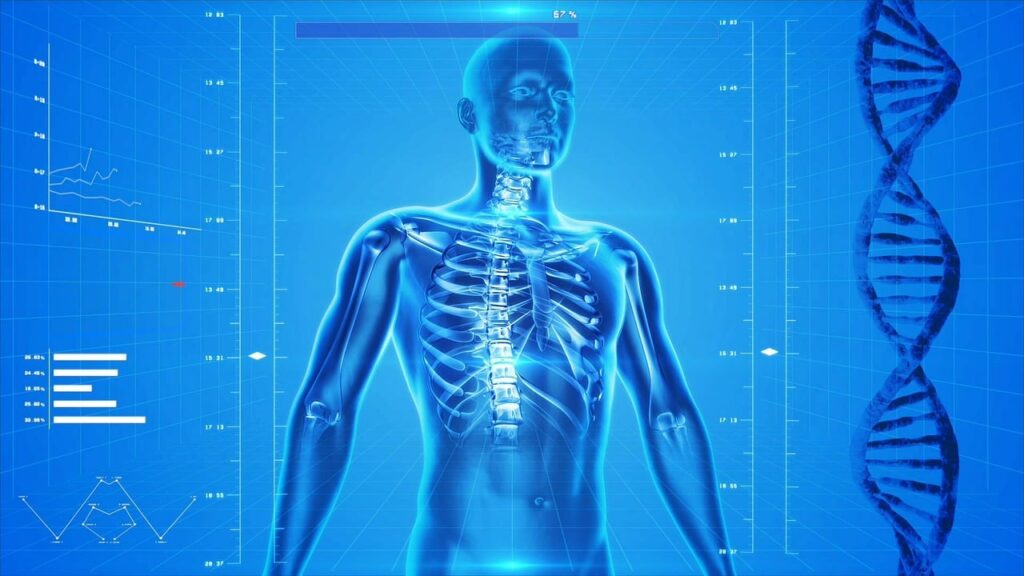
The human immune system is a complex network that protects the body from infections and diseases. Understanding its structure and functions is crucial for NEET aspirants.
Structure of the Immune System
1. Innate Immunity:
- First Line of Defense: Physical and chemical barriers such as skin, mucous membranes, and stomach acid.
- Second Line of Defense: Phagocytic cells, natural killer cells, and inflammatory responses.
2. Adaptive Immunity:
- Specific Defense Mechanism: Involves the activation of lymphocytes (B cells and T cells).
- Memory Formation: Provides long-lasting immunity by remembering past infections.
Key Cells of the Immune System
1. White Blood Cells (Leukocytes):
- Phagocytes: Engulf and digest pathogens. Types include neutrophils and macrophages.
- Lymphocytes: Responsible for adaptive immunity.
- B Cells: Produce antibodies to neutralize pathogens.
- T Cells: Destroy infected cells and regulate immune responses.
- Helper T Cells: Activate other immune cells.
- Cytotoxic T Cells: Kill infected cells.
2. Natural Killer (NK) Cells:
- Part of the innate immune system.
- Target and destroy virus-infected cells and tumors.
Organs of the Immune System
1. Primary Lymphoid Organs:
- Bone Marrow: Site of hematopoiesis; produces all blood cells, including immune cells.
- Thymus: Maturation site for T cells.
2. Secondary Lymphoid Organs:
- Lymph Nodes: Filter lymph and trap pathogens. Sites of immune cell activation.
- Spleen: Filters blood, removes old red blood cells, and helps in immune response against blood-borne pathogens.
- Tonsils and Adenoids: Protect against pathogens entering through the mouth and nose.
Functions of the Immune System
1. Pathogen Recognition:
- Identifies foreign invaders using pattern recognition receptors (PRRs) on immune cells.
2. Immune Response Activation:
- Inflammatory Response: Increased blood flow and immune cell recruitment to infection sites.
- Antibody Production: B cells produce antibodies that neutralize pathogens.
3. Memory Formation:
- Memory B and T cells provide quicker and stronger responses upon re-exposure to the same pathogen.
4. Homeostasis Maintenance:
- Clears dead cells and repairs tissues after an infection.
Conclusion
The human immune system is essential for protecting the body from infections and maintaining health. Understanding its structure and functions is crucial for NEET aspirants, as it forms the basis for studying immunology and related medical fields.
FAQs
What are the primary lymphoid organs? The primary lymphoid organs are the bone marrow and thymus, where immune cells develop and mature.
What role do B cells play in the immune system? B cells produce antibodies that neutralize pathogens and form memory cells for long-term immunity.
How does the innate immune system differ from the adaptive immune system? The innate immune system provides a non-specific, immediate defense, while the adaptive immune system offers a specific, long-lasting response with memory formation.
